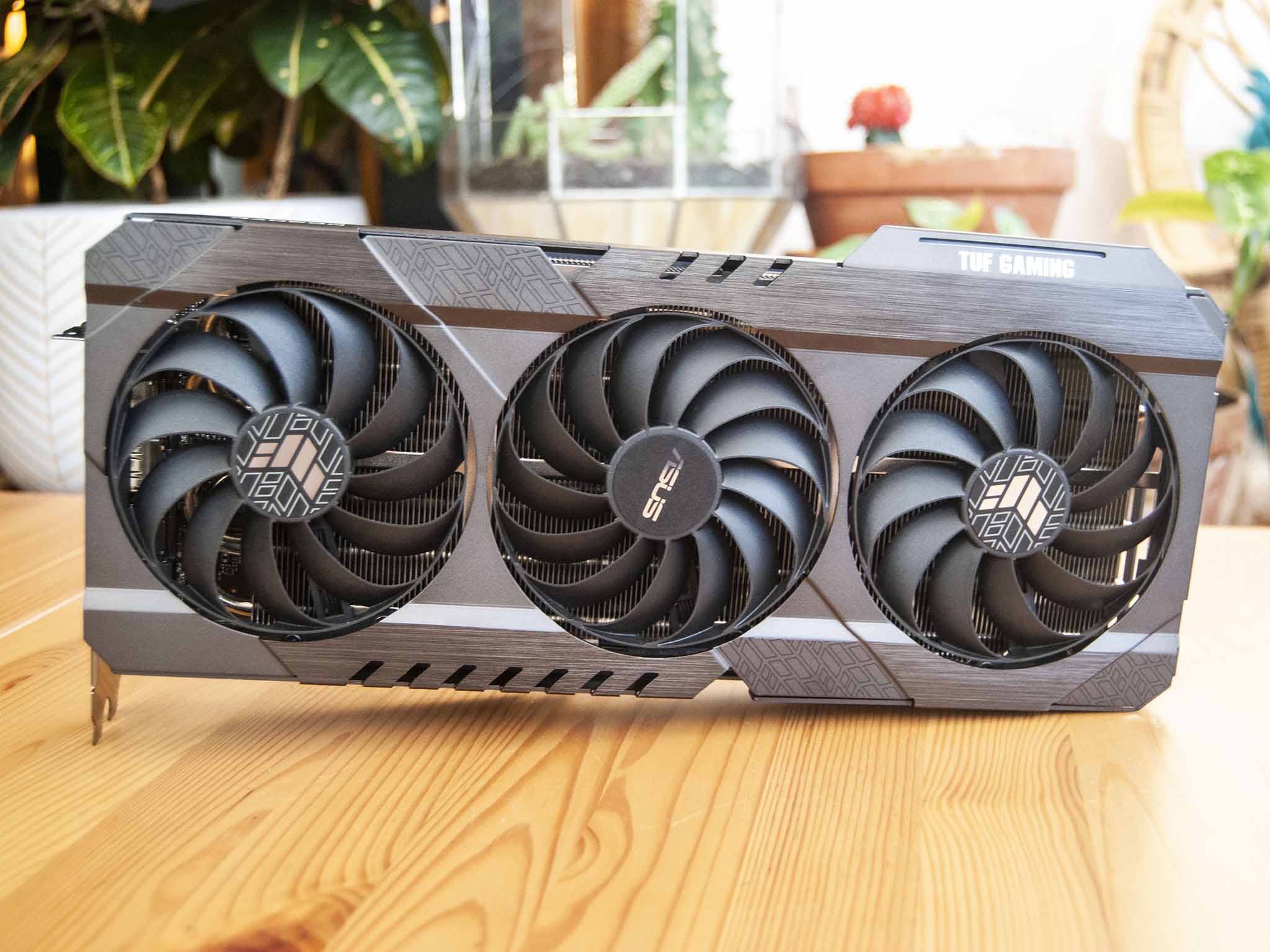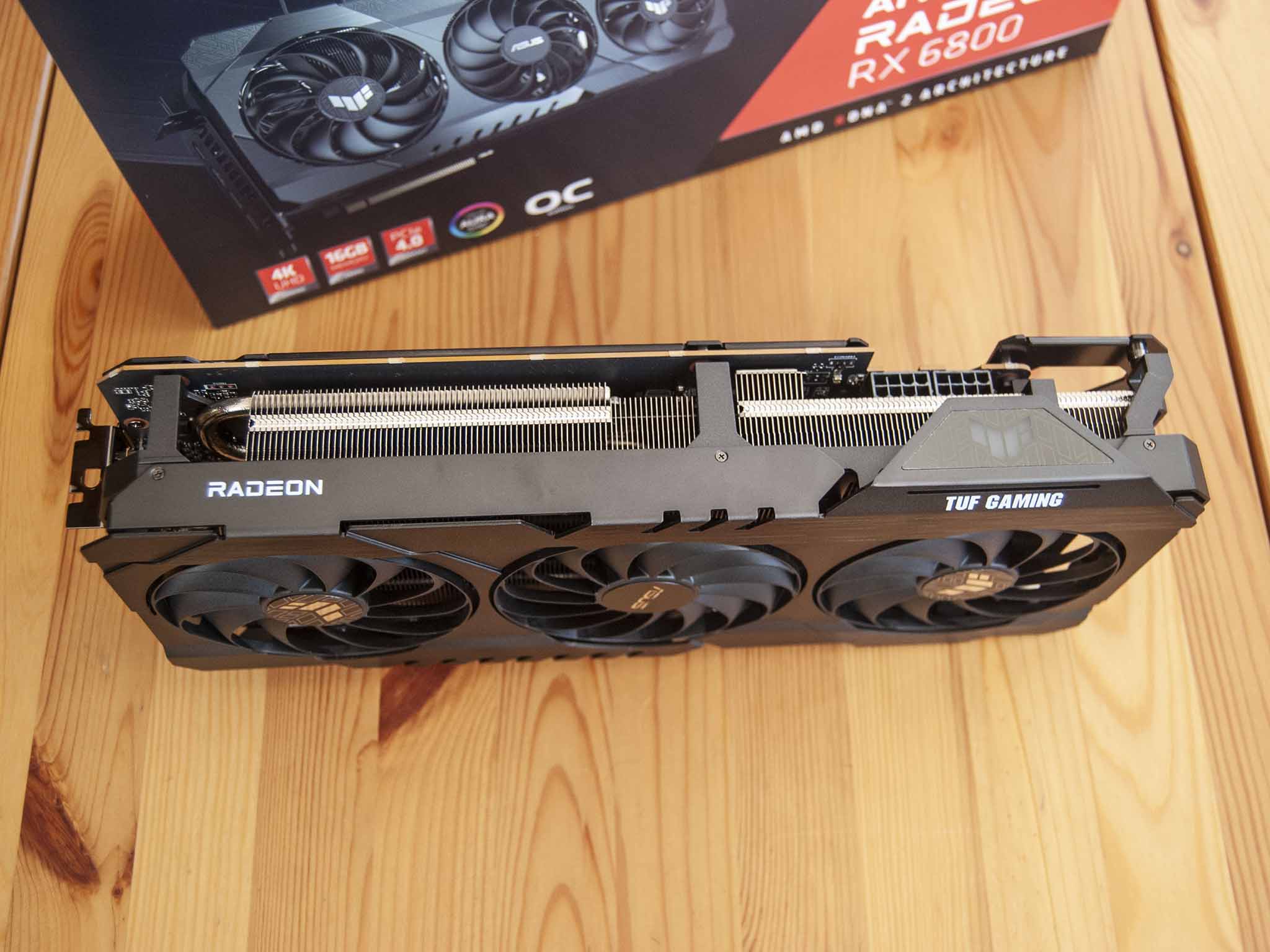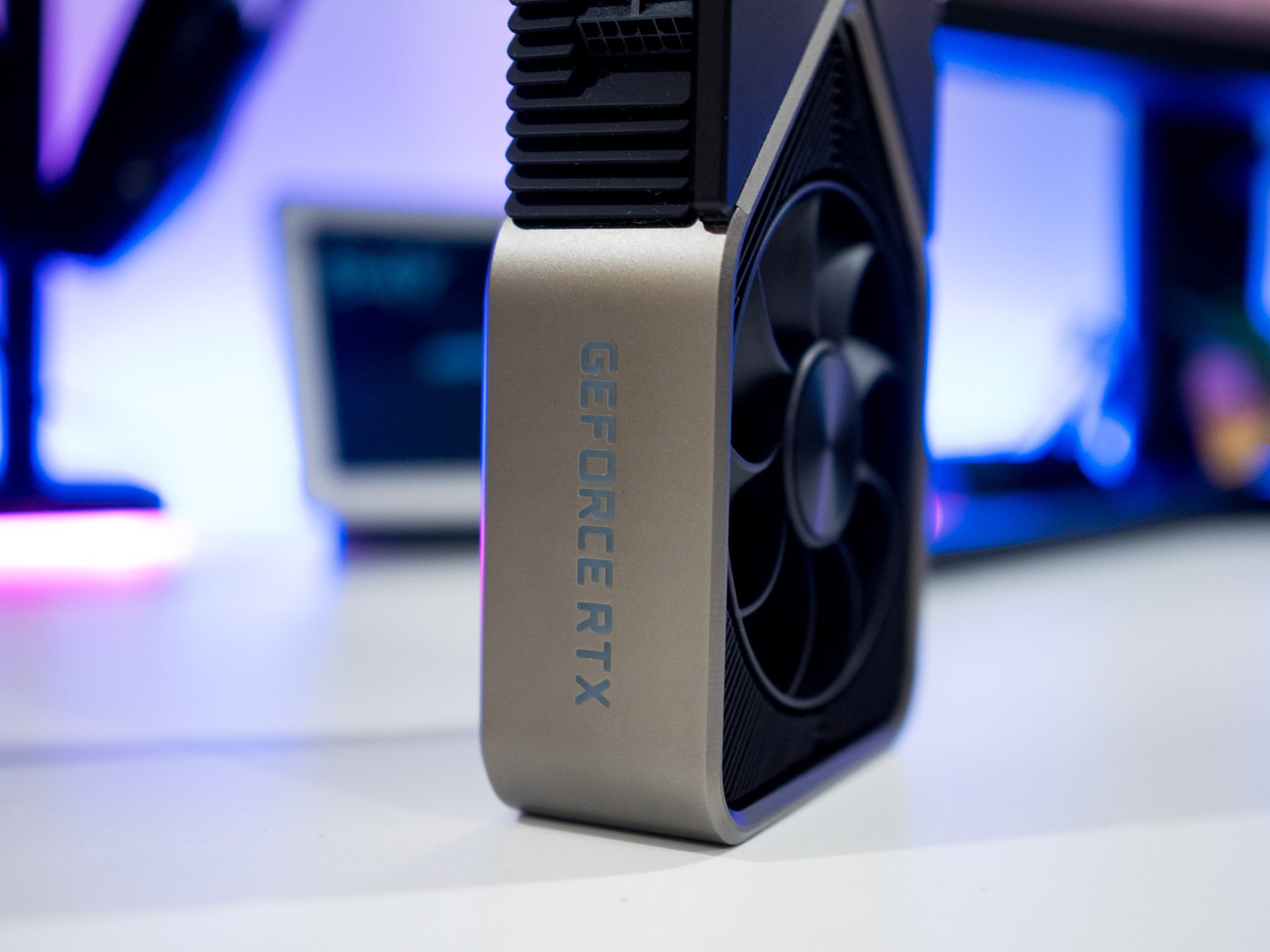Former crypto mining pro says limiting GPU hash rates is the way to go
Crypto mining is one of the hottest topics in tech, so we virtually sat down with a former pro crypto miner to discuss how it's changed over the years.

The crypto mining scene has changed dramatically over the last few years. What was once a niche way for tech experts to earn cryptocurrency is now a full-blown business for large organizations. The crypto boom has caused many changes and made people to race to get their hands on the best mining GPUs. To gain insight into how the crypto scene has changed over the years, I spoke with a former professional crypto miner, who chose to remain anonymous, so I'll refer to them as "M" throughout the piece (short for miner).
The evolution of crypto mining

M entered the crypto scene in 2015 like many other people who entered the "second phase" of mining. M's setup began with leftover parts from gaming computers but evolved into 120 graphics cards running on over 20 rigs. At its peak, M's setup had to be in a small warehouse to get three-phase power.
"I started mining in what could be considered the second phase of mining; in phase one, there was very little in the way of software to help with mining, and so it was only accessible for people with a solid background in code and computer skills," M explains. "Over time people created applications and software to make it easier for people to mine. One of these people goes by the alias "Claymore," and it was his software that I started using to mine Ethereum and other coins."
Mining pools were eventually formed, which increased the chances of hitting a block, which is how people earn coins. Now, M and many others refer to crypto mining as in its third phase.
I would say we are now in a third phase where large industrial-scale operations are mining; these facilities are massive with thousands of cards, technicians, and staff keeping the farms running. It is no longer financially viable for small-time miners to make a profit mining as power is too expensive and it costs more in power than the coins mined are worth.
The move to phase three is where crypto mining made a strong shift towards larger setups and bigger businesses. This hurts smaller miners and crypto as a whole, according to M:
From a solo miner's perspective, it's obviously bad. We can't do it anymore. From a crypto perspective, it's also bad; having these large, centralized pools of industrial-scale miners is not good for the security of the network. There are ways that crypto networks can be damaged, such as a 51% attack where someone controls over 51% of the hash rate of the network and they can start affecting transfers, it's rather complicated, but the short version is it's really bad.
Limiting hash rates

Because crypto mining requires powerful hardware, graphics cards are hard to come by these days. NVIDIA recently halved the hash rate of newly manufactured RTX GPUs in an attempt to get RTX cards into the hands of gamers. NVIDIA has also tried other ways to limit hash rate, which M believes is a good thing:
I'm all for it, crypto is not a hobby-level enterprise anymore. It's big business, and that means specialized equipment should be made. The way it's driven up the price of GPUs is making them unobtainable for their intended users. Anything the manufacturers can do to separate the markets of miners and gamers is good for both industries.
M added, "I'm not saying they should stop making cards for mining, but making cards that are only usable for gaming that are cheaper is a big win for gamers."
Get the Windows Central Newsletter
All the latest news, reviews, and guides for Windows and Xbox diehards.
While NVIDIA's efforts are welcomed by many, it's questionable how effective they'll be. M explains that "there is already evidence of people finishing workarounds for the hash rate limits, but these things are always cat and mouse, you make a change, then someone finds a way around then rinse and repeat."
To make limits more effective, M explains that companies like NVIDIA need to focus on hardware, rather than software, "The limits need to be at the hardware level, software/bios level restrictions can be "flashed" out where you change the bios on the GPU for better hash rates. "
What could have been
Before letting M go, I had to ask if they spent Bitcoin or another cryptocurrency in their early stages. I've heard too many horror stories about people buying a haircut in the early days of crypto to resist asking. Like many, M isn't immune to looking back and seeing how much they could have made:
I bought my first bitcoin for about £120, so I was a little later to the game than some, so no pizzas or haircuts but I did use bitcoins regularly to buy computer games which looking back at them now, those games cost me £10k+ each ... ouch.
Ouch indeed.

Sean Endicott is a tech journalist at Windows Central, specializing in Windows, Microsoft software, AI, and PCs. He's covered major launches, from Windows 10 and 11 to the rise of AI tools like ChatGPT. Sean's journey began with the Lumia 740, leading to strong ties with app developers. Outside writing, he coaches American football, utilizing Microsoft services to manage his team. He studied broadcast journalism at Nottingham Trent University and is active on X @SeanEndicott_ and Threads @sean_endicott_.
